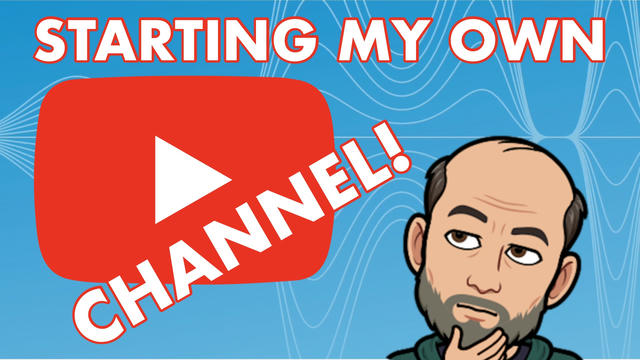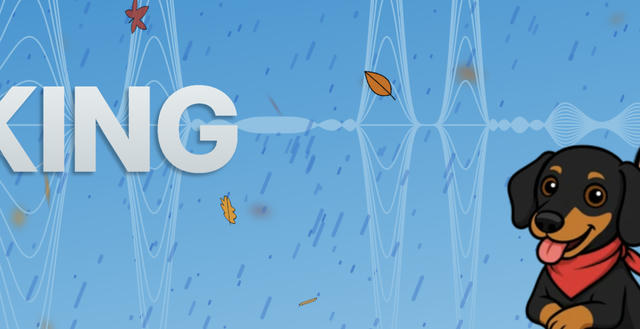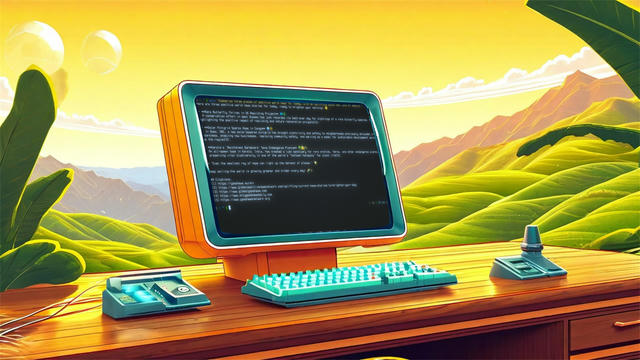
Starting my own YouTube channel
At 54 years old, I just started a YouTube channel.
This is an experiment. I recently read Anne-Laure Le Cunff’s book Tiny Experiments and decided to try something I haven’t done before: creating my own videos, not for a company or conference, but for anyone who might find them useful.












